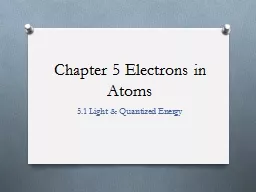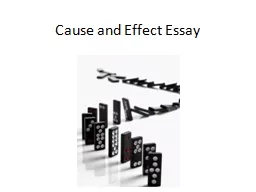PPT-Photoelectric effect Photoelectric effect
Author : delilah | Published Date : 2023-11-11
Definition the phenomenon of emission of electrons by the metals when they are exposed to light of suitable frequency is called as the photo electric effect
Presentation Embed Code
Download Presentation
Download Presentation The PPT/PDF document "Photoelectric effect Photoelectric effec..." is the property of its rightful owner. Permission is granted to download and print the materials on this website for personal, non-commercial use only, and to display it on your personal computer provided you do not modify the materials and that you retain all copyright notices contained in the materials. By downloading content from our website, you accept the terms of this agreement.
Photoelectric effect Photoelectric effect: Transcript
Download Rules Of Document
"Photoelectric effect Photoelectric effect"The content belongs to its owner. You may download and print it for personal use, without modification, and keep all copyright notices. By downloading, you agree to these terms.
Related Documents

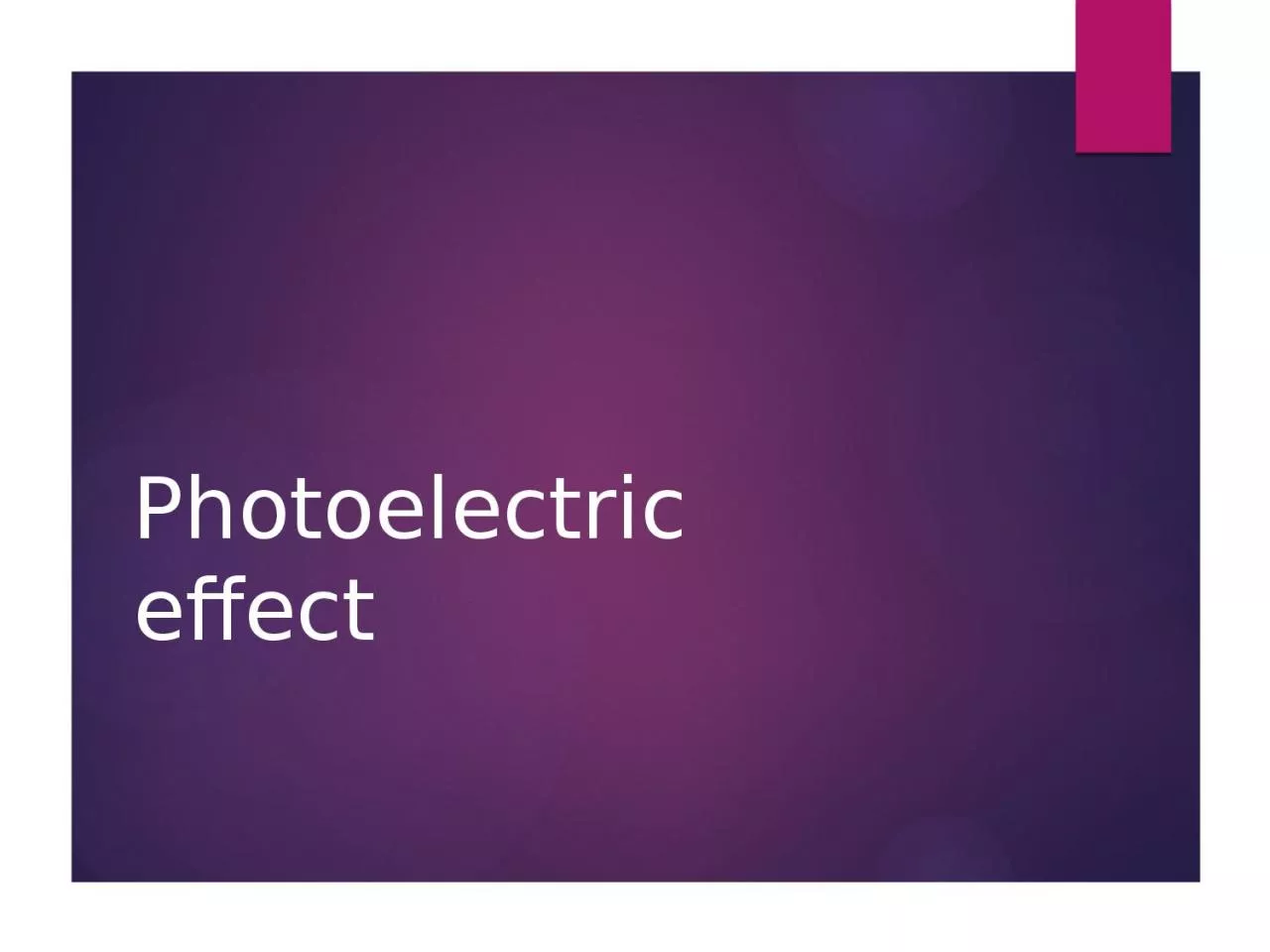
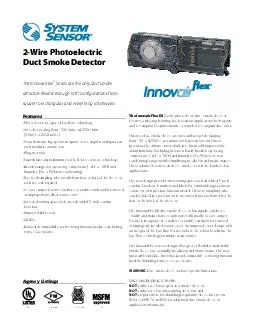
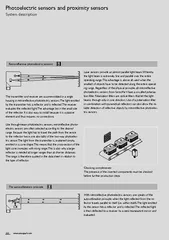
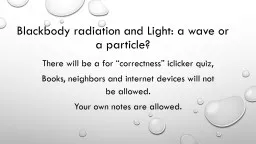
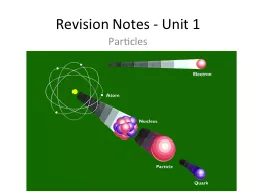
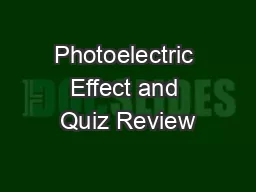
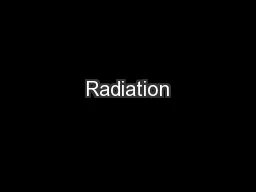
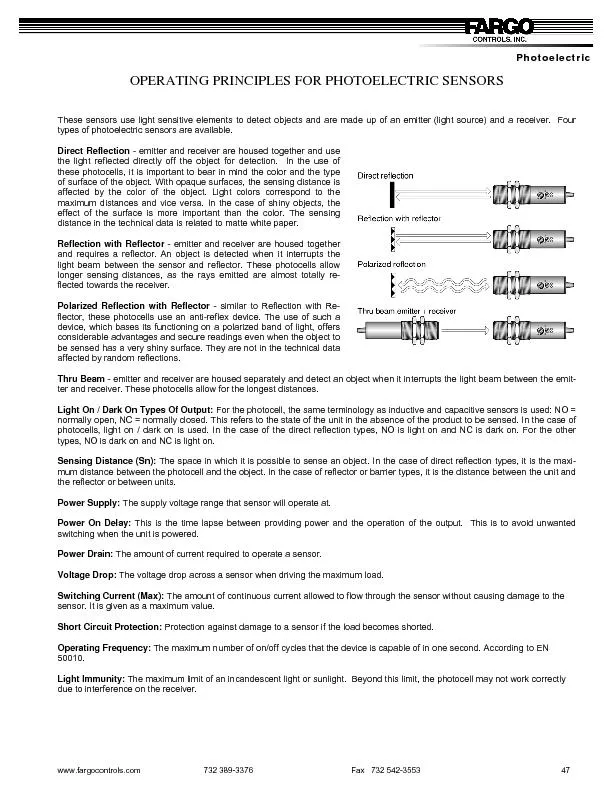
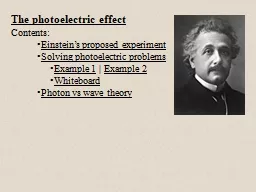
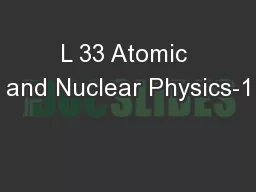
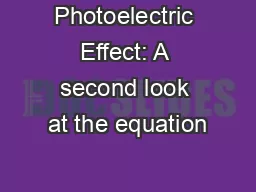
![L 33 Modern Physics [1]](https://thumbs.docslides.com/599088/l-33-modern-physics-1-.jpg)
